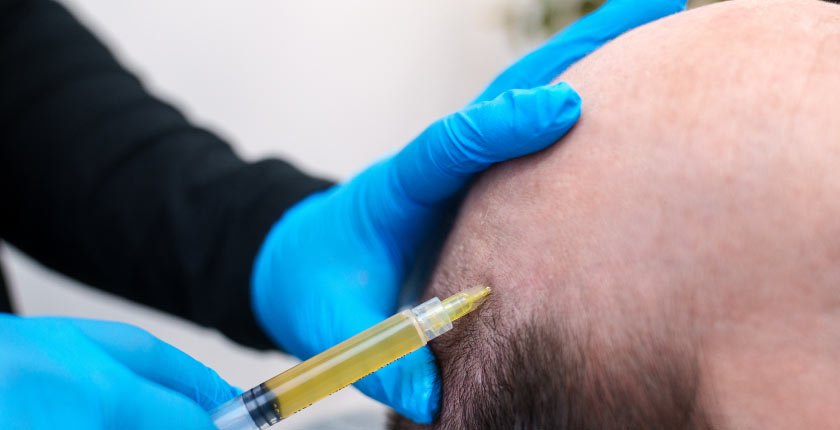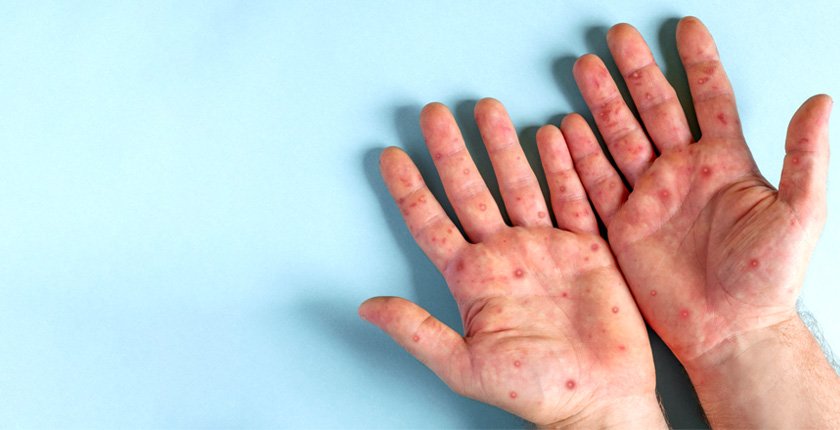
How to increase the hair density and How to Improve it

What is Hair Density and How to Improve It?
Hair density refers to the number of hair strands per square inch of the scalp. It’s a crucial factor in determining how thick or full your hair looks. While genetics play a significant role in hair density, various external factors like nutrition, stress, and hair care routines can impact it.
At Dr. Divya’s Skin & Hair Solutions Clinic in Bengaluru, we frequently see patients concerned about thinning hair and want to know how they can improve their hair density. This blog will explore natural and clinical methods to help you achieve fuller, thicker hair and arrest hair fall.
Understanding Hair Density
Hair density is commonly misunderstood. Many people think it refers to the thickness of individual strands, but it refers to the total number of hair follicles. People with high hair density will have more follicles per square inch, while those with lower density will have fewer. The average human has about 80,000 to 120,000 hair follicles on their scalp, but individual numbers vary.
How to Increase Hair Density Naturally
While genetics are an important factor, there are various ways to naturally increase hair density and improve the appearance of your hair. At Dr. Divya’s Skin & Hair Solutions Clinic, we emphasize a holistic approach that includes lifestyle changes, diet, and the right hair care practices.
Healthy Diet
A nutrient-rich diet plays a vital role in how to increase hair density. Consuming foods high in vitamins, proteins, and minerals ensures your hair grows strong and healthy. Key nutrients to focus on include:
Proteins: Hair is made of keratin, a type of protein, so consuming enough protein (found in eggs, fish, nuts, and beans) is essential.
Biotin and Vitamin E: These nutrients, found in almonds, spinach, and avocados, promote scalp health and hair growth.
Iron and Zinc: Low iron levels can lead to hair thinning. Foods like spinach and lentils are great for iron, while zinc is found in nuts and seeds.
Scalp Care
Healthy hair begins with a healthy scalp. Take care of your scalp hygiene and make sure if there are any underlying medical issues like dandruff or scalp skin infections those are treated under the expert supervision of a dermatologist
Avoid Over-Styling
Excessive heat styling, chemical treatments, and tight hairstyles can damage hair strands, leading to hair breakage and thinning over time. Limiting heat exposure, using protective serums, and choosing looser hairstyles can go a long way in maintaining hair density.
Stress Management
Chronic stress has been linked to hair thinning and even temporary hair loss. Finding ways to manage stress through techniques like meditation, yoga, or simply getting enough sleep can improve not only your overall health but also the health of your hair.
Clinical Treatments to Improve Hair Density
If natural methods aren’t enough, there are clinical solutions available that can offer more dramatic results. At Dr. Divya’s Skin & Hair Solutions Clinic, we offer advanced treatments designed to help patients increase hair density effectively.
PRP Therapy (Platelet-Rich Plasma) or Growth factor concentrate (GFC) therapy
PRP or GFC therapy is a popular treatment where a patient’s blood is processed to extract platelet-rich plasma and growth factors, which is then injected into the scalp. This plasma is rich in growth factors that can stimulate hair follicles, promoting increased hair growth and density.
Also Read: Platelet Rich Fibrin and Platelet Rich Plasma | Ask your Dermatologist
Minoxidil and Other Topical Treatments
Topical treatments like minoxidil have been clinically proven to promote hair growth and increase hair density over time. These are often recommended for individuals experiencing thinning but not full hair loss. At Dr. Divya’s Skin & Hair Solutions Clinic, we guide patients through the safe use of these treatments for optimal results.
<iframe allowfullscreen=”” frameborder=”0″ height=”360″ src=”https://www.youtube.com/embed/ji_9trdpA7g” width=”640″></iframe>
Light Therapy
Low-level laser therapy (LLLT) is another non-invasive option that can stimulate hair follicles and promote hair regrowth. This treatment involves using a specialized device that emits different wavelengths of light to increase blood flow to the scalp, encouraging hair growth.
Maintaining Hair Density: Post-Treatment Care
Regardless of the treatment you choose, post-treatment care is crucial for maintaining improved hair density. After clinical treatments, it’s important to follow a proper hair care routine:
Use sulfate-free shampoos that are gentle on the scalp.
Avoid excessive heat or harsh chemicals.
Continue a nutrient-rich diet to support hair growth.
Regularly consult with your dermatologist for follow-ups.
<iframe allowfullscreen=”” frameborder=”0″ height=”360″ src=”https://www.youtube.com/embed/A6DTZdFdmDs” width=”640″></iframe>
Achieving and maintaining optimal hair density is possible through a combination of natural methods and clinical treatments. At Dr. Divya’s Skin & Hair Solutions Clinic, we understand the unique needs of our patients and offer personalized treatment plans to help you reach your hair density goals.
If you’re looking for solutions to increase hair density, schedule a consultation with Dr. Divya Sharma today. Whether through lifestyle adjustments or advanced medical treatments, our clinic offers comprehensive care for all your hair concerns.









